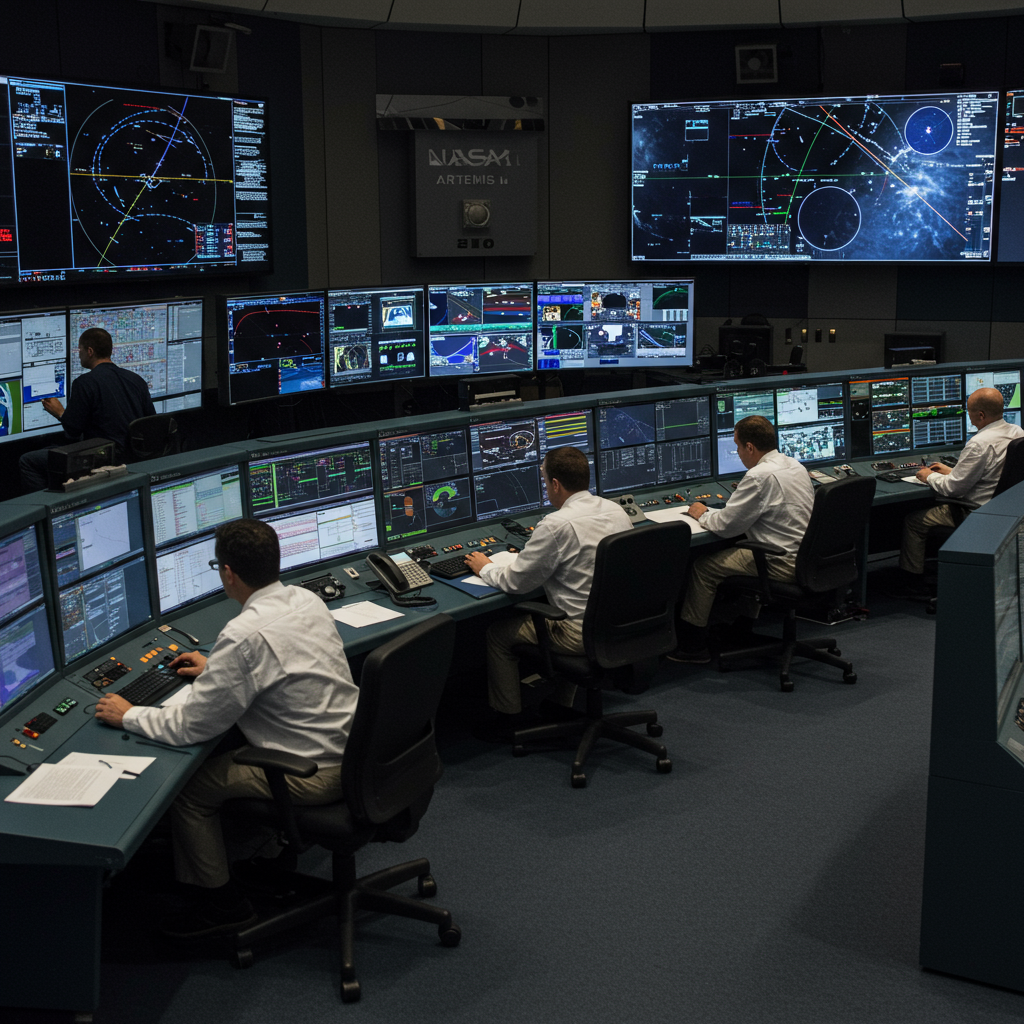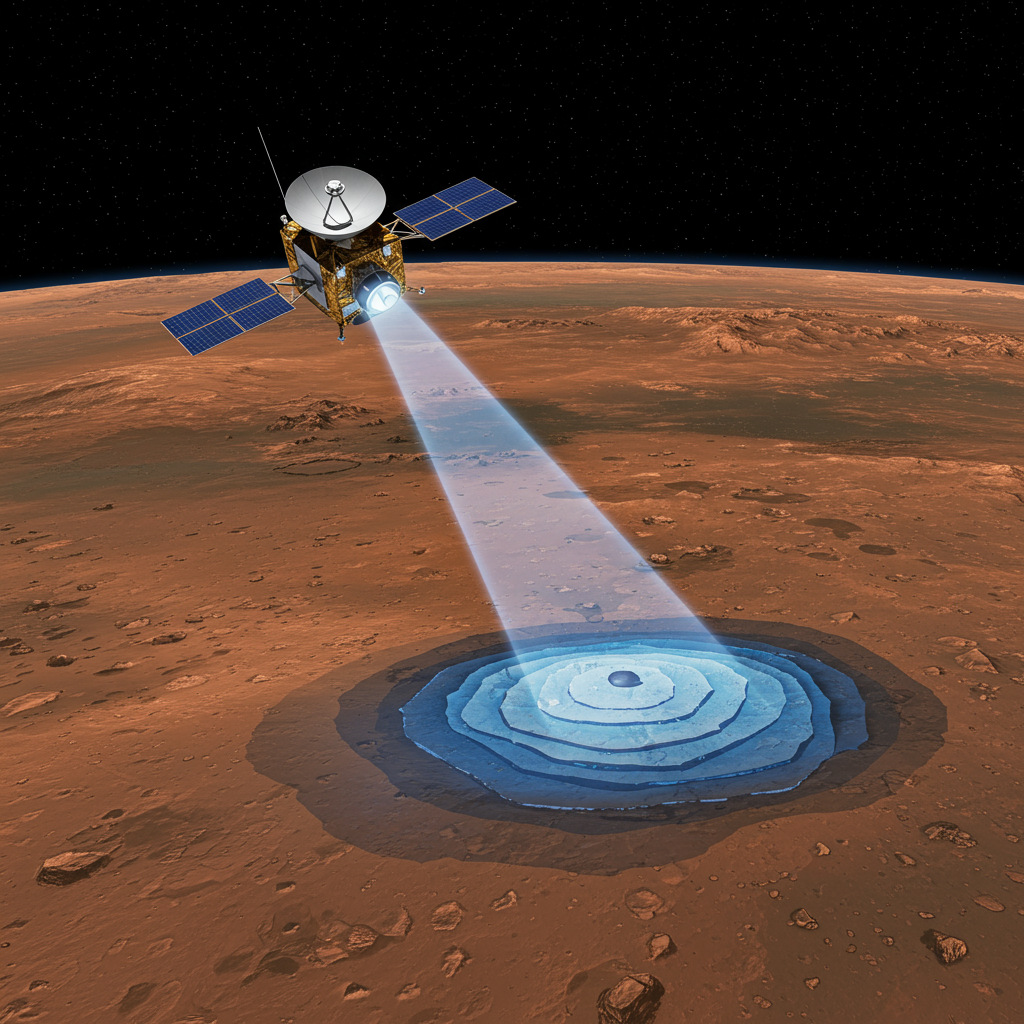NASA’s Artemis II mission represents a monumental leap forward – the first crewed voyage to the vicinity of the Moon in over 50 years, setting the stage for future lunar landings and eventually, human missions to Mars. While the four-person crew aboard the Orion spacecraft will brave the vacuum of space, their unprecedented journey relies critically on a sophisticated network of support right here on Earth. This vital ground infrastructure acts as the mission’s beating heart, encompassing mission control centers, science operations hubs, and training facilities – the collective “Earth-based science room” concept essential for success.
The Crucial Role of Earth Operations
Far from being a solitary endeavor for the astronauts, a mission like Artemis II is a tightly orchestrated ballet between the crew in space and dedicated teams on the ground. Earth-based operations provide the indispensable lifeline for the Orion spacecraft and its inhabitants throughout their 10-day transit, lunar loop, and return.
Key functions performed by these Earth centers include:
Real-time Monitoring & Control: Tracking the spacecraft’s trajectory, monitoring the health of every system onboard, and executing commands.
Communication: Maintaining constant voice and data communication with the crew, relaying critical information and instructions.
Data Analysis: Receiving vast streams of telemetry and scientific data from the spacecraft and crew, analyzing it in real-time to assess mission status and support decision-making. This is where the “science room” aspect truly comes alive, processing observations from the crew and any onboard instruments.
Navigation & Planning: Calculating orbital maneuvers, planning trajectories, and adjusting course as needed.
Emergency Response: Rapidly assessing and responding to any anomalies or emergencies that may arise – a critical capability given the vast distance from Earth and limited options for immediate rescue.
Training on Terra Firma
The success of Artemis II is built upon years of rigorous preparation conducted primarily on Earth. At facilities like NASA’s Johnson Space Center in Houston, the crew – Commander Reid Wiseman, Pilot Victor Glover (the first Black astronaut to journey to the Moon), Mission Specialist Christina Koch (the first woman to journey to the Moon), and Mission Specialist Jeremy Hansen (the first Canadian to journey to the Moon) – spend countless hours training.
This training includes:
Orion Mockups and Simulators: Working extensively inside full-scale models and advanced simulators of the cramped Orion capsule to master controls, procedures, and critical mission phases like rocket burns and rendezvous simulations. These simulators are designed to throw unexpected problems at the crew and ground teams, building crucial reflexes for emergencies.
Physical Preparedness: Practicing procedures like ocean splashdown recovery to prepare for exiting the capsule after returning to Earth.
Geological Familiarization: Even ground-based activities like hiking in challenging terrains help astronauts develop observation skills relevant to potential future lunar surface activities.
These Earth-based training environments are indispensable for ensuring the crew and the ground support teams are seamlessly integrated and ready for the complexities and inherent risks of deep space travel.
Connecting the Dots: Science and Exploration
The Earth-based science and operations centers for Artemis II are part of a broader, dynamic landscape of NASA activities. While focused on getting humans back to the Moon, these centers benefit from and contribute to advancements across the agency, from Earth science research using satellites like PACE that monitor our changing planet, to deep space communications technology enabling faster data transfer.
Ultimately, the “science room” on Earth for Artemis II is more than just a control room; it’s the nexus where human ingenuity, cutting-edge technology, and critical data converge. It’s where the complex details of this historic lunar mission are managed, analyzed, and directed, paving the way for humanity’s continued journey into the cosmos.



